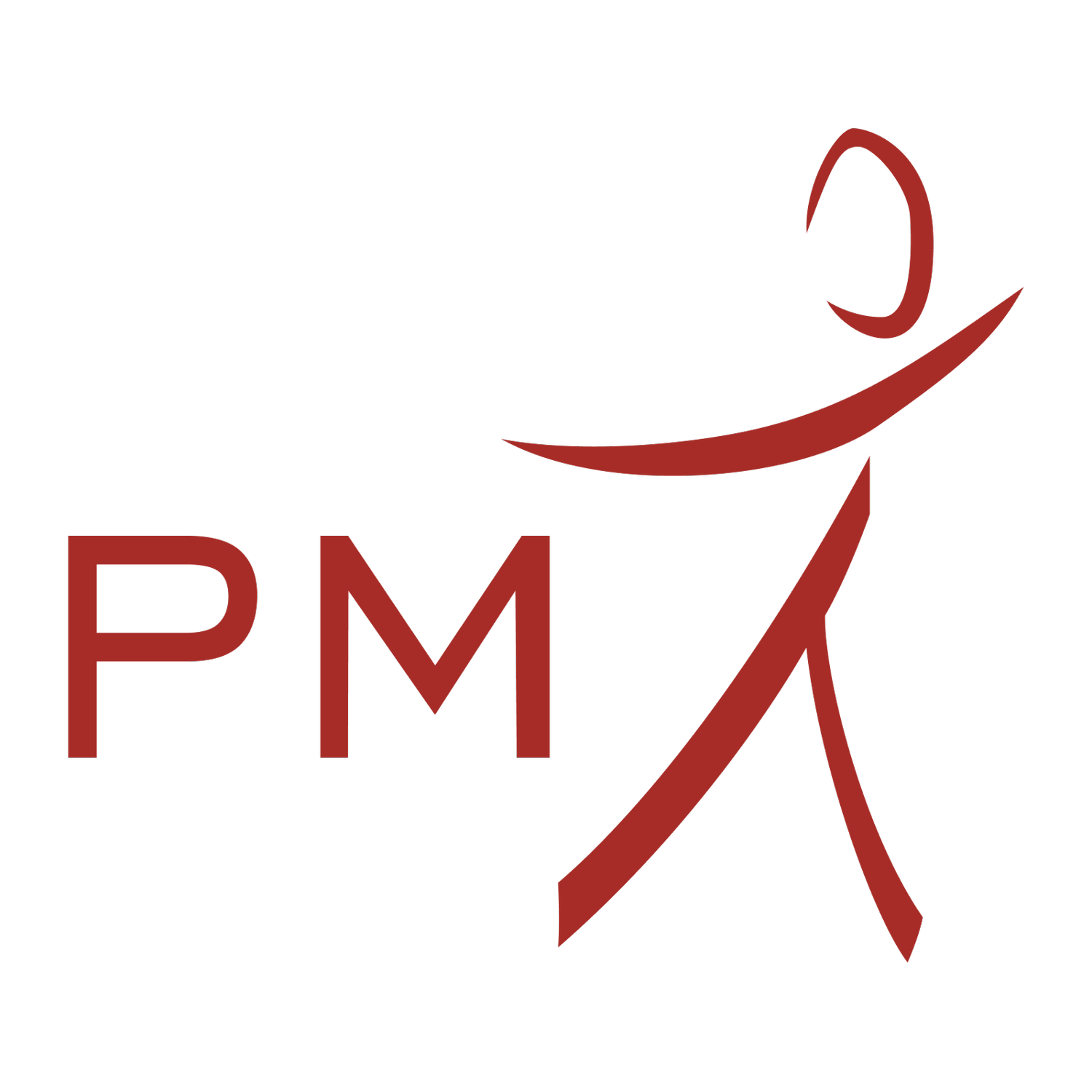Rectus Diastasis & Abdominal Hernias
A rectus abdominus diastasis (abdominal muscle separation) occurs when there is a separation, stretching or thinning in the linea alba (fascial portion of the rectus abdominus) of the rectus abdominus muscle commonly known as the “six-pack”. It occurs more commonly in women than men due to pregnancy, but its role in the cause of lower back pain in men is under-reported.
Cause of Rectus Diastasis
It frequently occurs during pregnancy when the linea alba softens due to hormones (relaxin) and the mechanical stretch resulting from the accommodation of the growing fetus. As pregnancy progresses, there is more pressure on the abdominal wall with the highest incidence of a rectus abdominus diastasis occurring in the third trimester. Although undesirable, it is a natural process of pregnancy that allows optimal growth for the fetus.
The diastasis can vary from a superficial tear that is minimal to a deep tear extending from the chest to the pubic bone. If abdominal contents ‘bulges’ through this separation, it is known as an abdominal hernia. Our team will put into perspective the significance of your diastasis and how it relates to your issues or goals.
Studies indicate that 66% of women with a diastasis will also have one other support related pelvic floor dysfunction such as incontinence or a pelvic organ prolapse due to the change in neuro-muscular control in the abdominal wall and pelvic floor muscles (PFM). There is also a high likelihood of lower back pain and pelvic girdle pain.
A rectus abdominus diastasis as a multi-factorial (has many causes) issue requiring consideration of the whole musculoskeletal system. We have found that retraining of the abdominal & pelvic floor muscles and treatment of other dysfunctional regions is most effective. Simply doing ‘core work’ is often insufficient because the core abdominal muscles may not be working properly due to other issues in the body. For optimal recovery from a rectus diastasis, a detailed assessment of whether your abdominal core muscles are activating through ultrasonography and a whole body assessment is the best treatment option.
Physiotherapists at PhysioMotion treat rectus abdominus diastasis’ and related issues. Our services include:
A detailed assessment using ultrasound guided imaging, skilled palpation and functional tests to determine the extent, depth and severity of the rectus diastasis
Determining the functional relevance of assessment findings to advise specifically on how to optimise healing, appropriate types & intensity of exercise, and when it is safe to return to sport
Expert advice & counselling regarding the factors to be considered or functional need for a surgical repair
An individualised progressive treatment plan from retraining activation patterns in the abdominal wall & pelvic floor muscles to integrating these strategies to full athletic performance
Management & exercise strategies to maintain optimal abdominal muscle function for subsequent pregnancies
Considerations for men suffering this condition will be made specific to their needs





